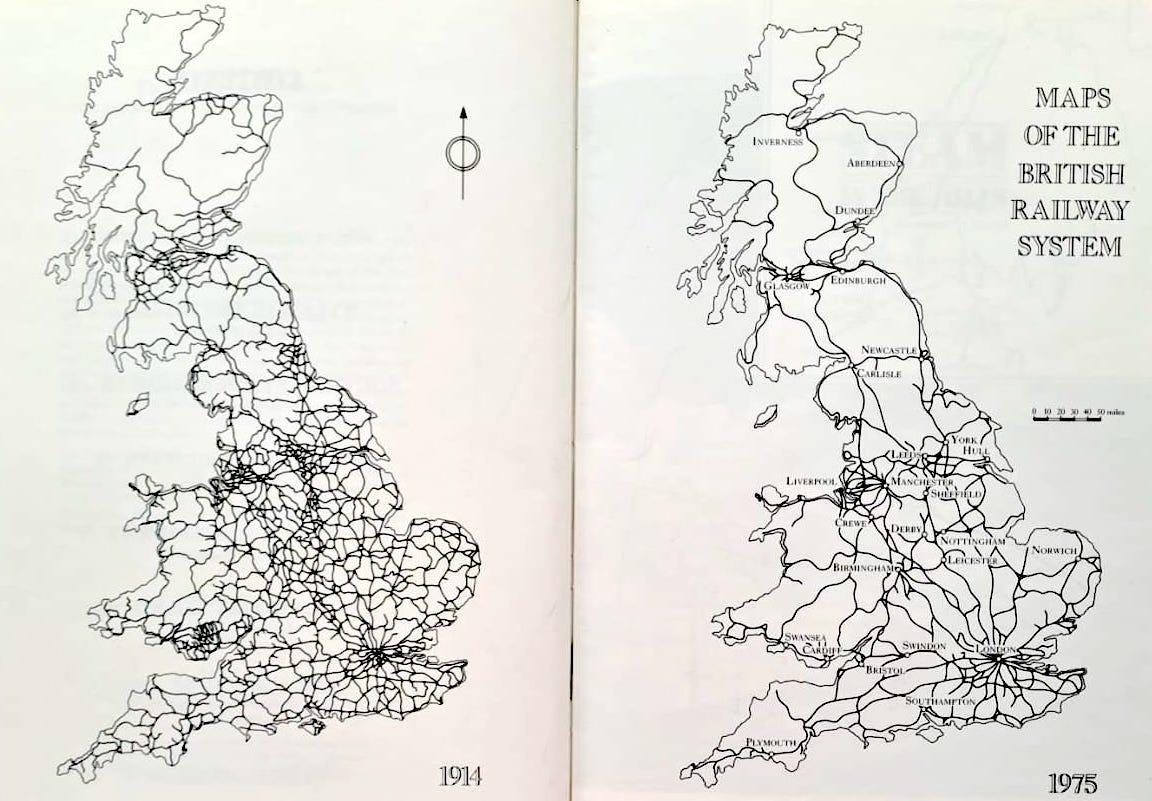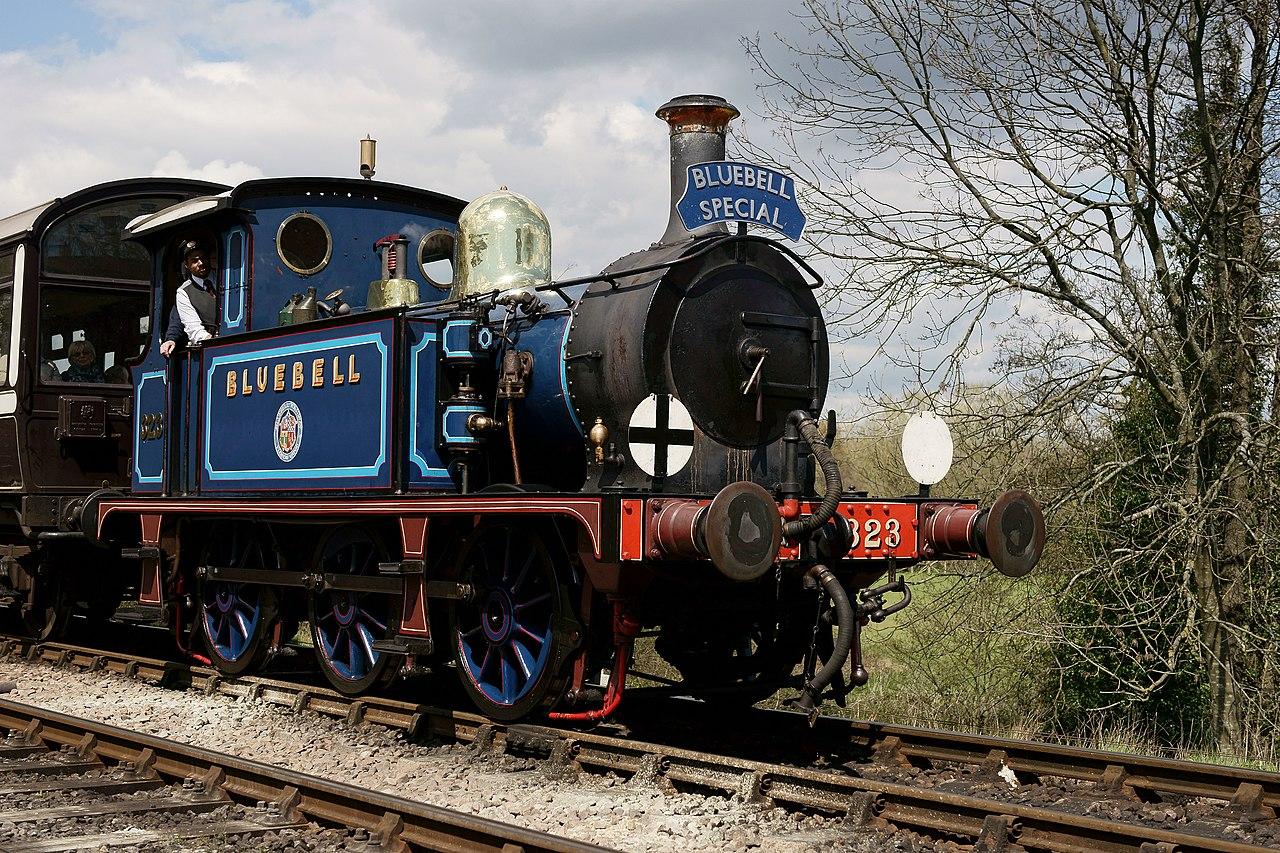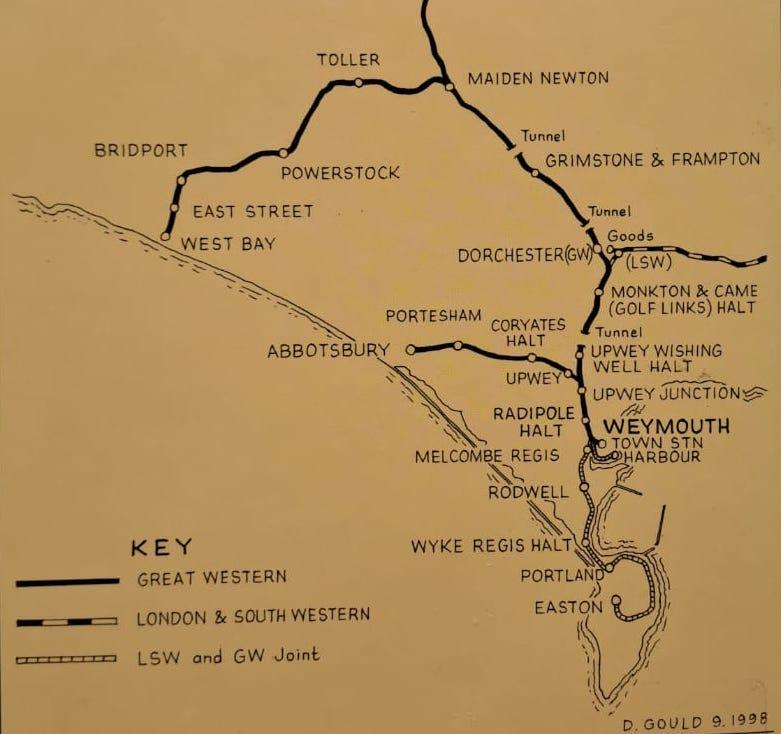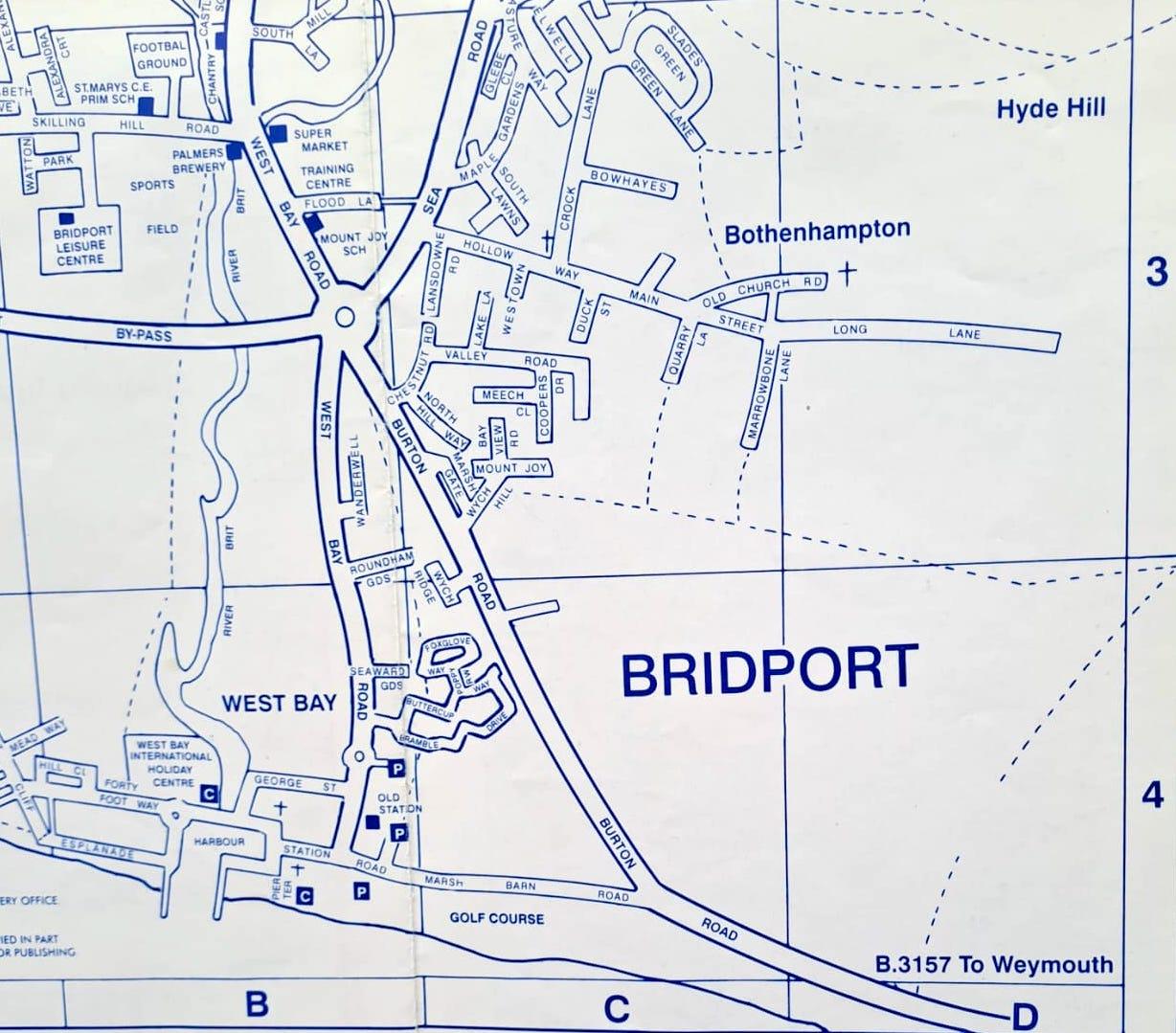
Disclaimer: Any views expressed by individuals and organisations are their own and do not in any way represent the views of The Heritage Portal. If you find any mistakes or historical inaccuracies, please contact the editor.
Wednesday 27th March 1963 was no red letter day and will always be remembered with regret as the day that a watershed report was published, with the innocuous title “The Reshaping of British Railways”. The report’s author was Dr. Richard Beeching (Chairman of the British Railways Board) and he set out his plans to make British Railways (BR) a “going concern” by way of closing down one third of the network, which on the ground meant the closure of 2363 stations and 5000 route miles of railway line, added to which would be the loss of 67 000 jobs on the railway. To say it was a Bombshell, would be putting it mildly as the damage that was done to the system over the next five years (until 1968) would out do, many times over, that done by the German Luftwaffe during the “Blitz” of 1940/41.
The Beeching Report, as it is now commonly known, was a thorough analysis of the economic state of British Railways (nationalised since 1948) as at the time of publication, which was a time when railways were losing custom due to the competition both from road hauliers (for freight) and the rise in car ownership (for passengers); it was said that the train took you where it went but the car took you where you wanted to go.
In the brief period from 1963 to 1968 Beeching’s recommendations were carried out to the letter, and many branch lines to the seaside, which were well patronised in the summer were no more. Beeching has taken the blame for the closures, but in truth it was the incumbent Secretary of State for Transport that made the final decision as to whether a line was closed or not; those that held the position were namely Ernest Marples (1959-1964), Tom Fraser (1964-1965) and Barbara Castle (1965-1968). Over the years Beeching has been wrongly reviled as the Hatchet Man for wielding his Axe to cut off the branch lines from the trunk lines, but as he said himself he was more of a surgeon than a mad man running amuck with an axe.
Snapshots of the British Railway System in 1914 and 1975
In hindsight it can be seen that it was necessary to modernise the railways of Britain to take account of the changes in society with regard to transport needs and Beeching’s pruning led to a healthier more sustainable railway network. It can also be said that he unwittingly began an upsurge in the Heritage Steam Railway Movement, with the phenomenon of railway preservation societies coming into being in the 1960’s and 1970’s.
Many a closed down railway has been revived, if not in total certainly in part, for the benefit of the paying public to travel along a section of line for the pure pleasure of watching the countryside go by, away from the hustle and bustle of modern day living, taking the traveller back to a more tranquil time. There are so many steam railway centres that guides have been written to advise the tourist where to go and what there is to see.
There are now well over 150 steam railway centres scattered across Britain and to name but a few there is the Bluebell Railway, the Severn Valley Railway, the West Somerset Railway, the Gloucester & Warwickshire Railway, the Didcot Railway Centre, the Great Central Railway, the North Yorkshire Railway and the narrow gauge “Great Little Trains of Wales”; the list goes on and the one thing they all have in common is that without the passion and commitment of their volunteers who give up their free time to do work on a railway they would not exist.
Bluebell Railway SECR P Class - Bluebell 323 (Peter Trimming)
The one that does not exist but may well have been was the Bridport Railway in Dorset which was earmarked for closure in 1963 but did not close until 5th May 1975. The single line track between Maiden Newton and Bridport could have been rescued by preservationists had not the track been lifted before the year’s end; had the track been left dormant for a year or so something could have been done to save the last remaining branch line in Dorset. A final irony is that the only station on the branch that still exists was the one first closed to passengers, way back in 1930, at West Bay (formerly Bridport Harbour). The station plus two railway carriages now serve as a restaurant and the track bed towards Bridport has become a gravelled footpath. It would be nice to think that the railway could one day be revived so as to connect once more with the main line at Maiden Newton. Perhaps it is only a pipe dream but stranger things have happened and the preservation movement is full of examples of disused lines being re-opened against all odds. It may have taken 53 years (1960-2013) for the Bluebell Railway to reconnect with East Grinstead, but they got there in the end.
Map of the Bridport Railway
Map showing the location of West Bay station
The question arises, Railway Preservation, Quo Vadis (where are you going)? It has been several decades since L.T.C. (Tom) Rolt rescued the Talyllyn Railway in North Wales from abandonment in 1951 with a tenderfoot band of railway enthusiasts willing to give running a railway a go. In that time railway preservation has gone from a small scale, make do and mend philosophy to a large scale project managed one where planning is long term. The raising of funds is always key, as without revenue a worthwhile project will wither on the vine. The Heritage Railway Association (HRA) is the voice of the heritage movement and it can count on a membership of 300 participants, across the board from lengthy lines to short tramways.
I would hate to think that the heritage railways are running out of steam, but the time has come to take stock. The Covid 19 epidemic was a knock for the heritage industry as the crowds stayed away due to “lockdown” and thus revenue was not forthcoming and certain railways are still experiencing cashflow problems, three years on. Let us all hope that a Beeching like person is not there to audit the members of the HRA.
References and Further Reading
- “Guide to the Steam Railways of Great Britain” edited by Rev. W Awdry & Chris Cook, revised by Roger Crombleholme, published by Pelham Books, revised edition 1984.
- “Heritage Railways of the British Isles” by Anthony Lambert published for Index, 1999.
- “Awdrey’s Steam Railways” by Christopher Awdrey, published by Boxtree Ltd. 1995
- “Best of Britain’s Steam Railways” by Colin Garratt, published by the AA, 2005.
- “Branch Line Britain” by Paul Atterbury, published by David & Charles, 2004.
- “Railways to the Coast” by Michael H.C. Baker, published by Patrick Stephens Ltd. 1990.
- “Dr, Beeching, Hero or Villain?” by Peter Ball, Heritage Portal, 2021.
Comments will load below. If for any reason none appear click here for some troubleshooting tips. If you would like to post a comment and need instructions click here.




